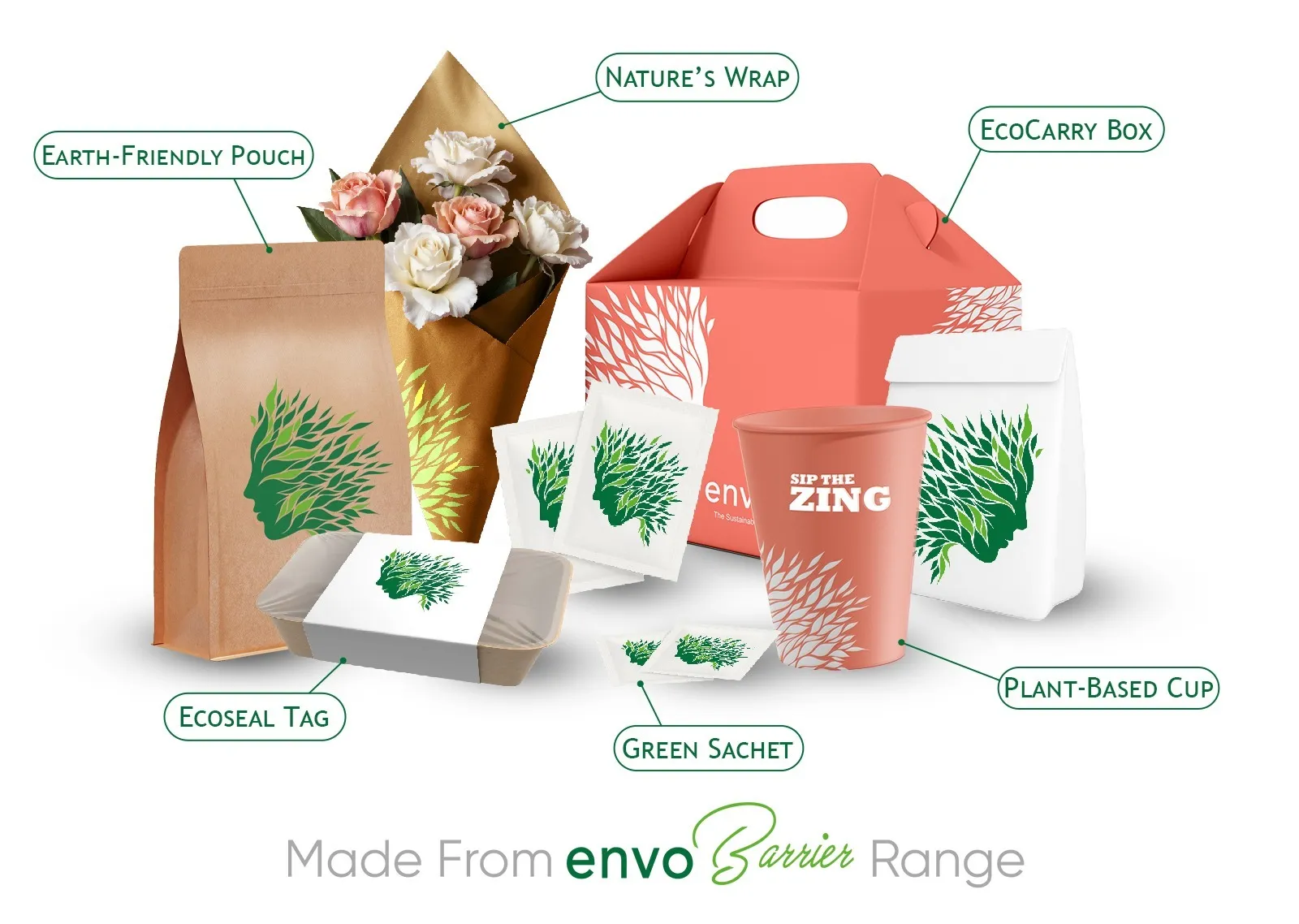Overview
.svg)
Products Overview
EnvoPrint
.svg)
Premium printing papers designed for vibrant, reliable performance in both office and commercial use.
EnvoPackaging
.svg)
Strong kraft papers built for reliable packaging, wrapping, and versatile industrial use.
EnvoBarrier
.svg)
Explore a range of sustainable materials with envoPAP.
EnvoTissue
.svg)
A premium range of soft, strong, and sustainable tissues for everyday comfort and care.
EnvoForte
.svg)
High-performance, eco-friendly paper solutions for grease, heat, and baking challenges.
EnvoBespoke
.svg)
Our Bespoke range is here to cater all your packaging needs.



EnvoPrint

EnvoPackaging

EnvoTissue

EnvoForte
Products

Back

Overview

Explore eco-friendly tips, sustainability trends, and insights into paperless solutions.
Blog

Explore eco-friendly tips, sustainability trends, and insights into paperless solutions.
Newsletter

Subscribe for the latest updates, product news, and green initiatives from Envopap.
Press

Discover our latest media coverage, press releases, and company announcements.
Podcast

Listen to discussions on sustainability, eco-innovation, and paperless practices in business.
Products

Back

Company
Products
Overview
.svg)
Products Overview
EnvoPrint
.svg)
Premium printing papers designed for vibrant, reliable performance in both office and commercial use.
EnvoPackaging
.svg)
Strong kraft papers built for reliable packaging, wrapping, and versatile industrial use.
EnvoBarrier
.svg)
Explore a range of sustainable materials with envoPAP.
EnvoTissue
.svg)
A premium range of soft, strong, and sustainable tissues for everyday comfort and care.
EnvoForte
.svg)
High-performance, eco-friendly paper solutions for grease, heat, and baking challenges.
EnvoBespoke
.svg)
Our Bespoke range is here to cater all your packaging needs.
Sustainability
Get Inspired
































.webp)












